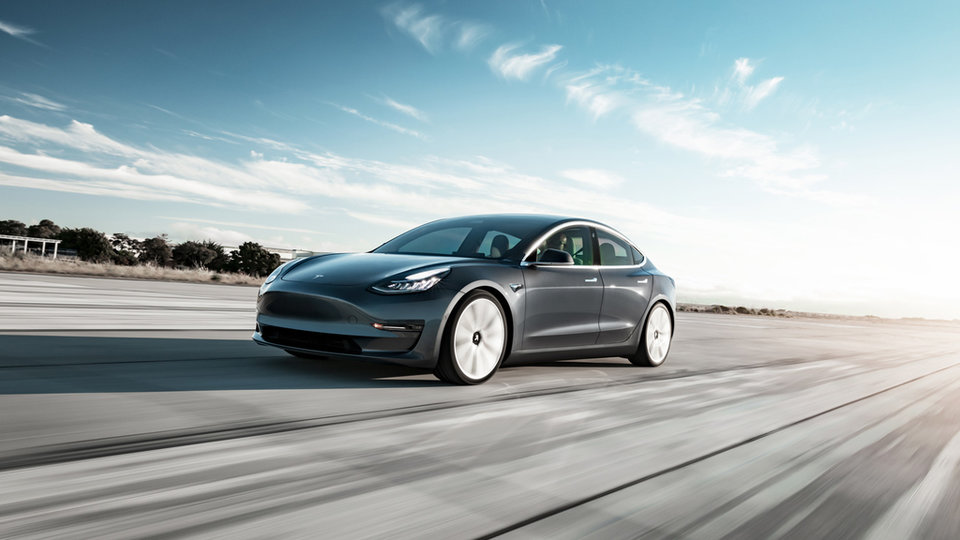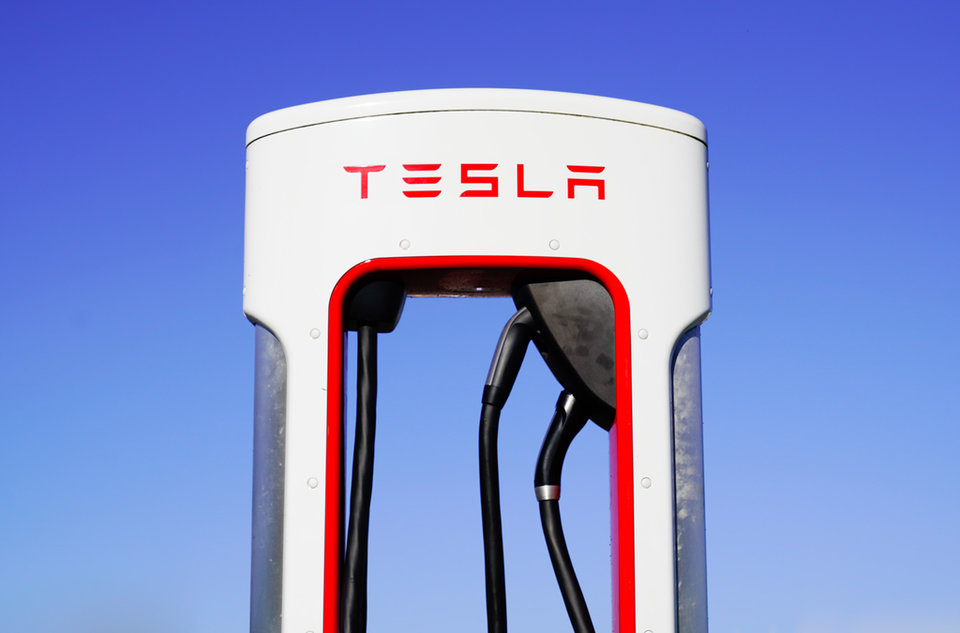Caption. Image:
Electric Tech
Tesla tech secrets spilled by Elon Musk
Tesla’s chief executive Elon Musk recently sat down with auto engineer Sandy Munro to take a deep dive into some of the tech secrets that will underpin Tesla’s range over the next few years.
The discussion ranged from the ‘hell’ of moving to full-scale production, to material science breakthroughs, to streamlining both hardware and software through each new vehicle iteration. This briefing will look at critical revelations from the discussion to get an idea of what Tesla’s of the future will look like.
Paint quality improvement
While Tesla is rightly praised for the quality of its electric-vehicle-specific components, criticism has occasionally been levelled at the company for the quality of its core automotive product.
One such area of concern was the quality of the paint applied to new vehicles, with some users highlighting minor visual imperfections such as rippling or ‘orange peel’ but others reporting serious issues including paint wearing away around wheel arches.
In response to these criticisms, Musk acknowledged the difficulty in achieving a high-quality, flawless paint finish on a production line. While stating that paint problems with specific vehicles could be caused by a number of factors, Musk noted that the race to ramp up production had affected the paint process.
“One of the things that was happening… the paint wasn’t necessarily drying enough…[before we ramped up] the paint had an extra minute or two to dry, now it doesn't have that so it became more prone to issues,” he said. To address the issue, Musk said the automaker had made improvements to the paint process in December 2020.

Credit: canadianPhotographer56 / Shutterstock.com
FSD rollout
Talking about his experience with a recent Model 3 equipped with Tesla’s autopilot semi-autonomous driving system, Munro described a close call in which the car attempted to take a decommissioned highway off-ramp after seemingly becoming confused by incorrect road markings and a temporary traffic management system.
While Munro questioned whether legislation would be required to ensure roads are prepared in such a way as to work within the parameters of autopilot, Musk suggested that Tesla’s system needed to be sophisticated enough to be able to respond well to these unpredictable edge cases.
He noted that for self-driving, “even if the road is painted completely wrong and a UFO lands in the middle of the road, the car still cannot crash, it still needs to do the right thing… it can't be dependent on road markings… even if someone tries to trick the car”.
Musk points to Tesla’s decision to design both the hardware and software in its vehicles as a key factor in its ability to tackle the rollout of self-driving features.
Introduction of the structural battery pack
Tesla’s pioneering mega-casting technology is intended to work in concert with the firm’s latest battery pack development – a structural pack. Announced at its Battery Day event at the end of 2020, the structural battery makes use of Tesla’s in-house designed 4680 cylindrical cells as a structural element in the pack construction.
Where previously, battery packs would form a protective case for the battery cells, adding weight and complexity, the new pack physically bonds the batteries in place between the top and bottom housings, with the cells’ casings forming a structural part of the pack.
This significantly improves the pack’s strength with the cells acting as a honeycomb internal structure for shear transfer. In addition, the new method of bonding the batteries means less material is needed to protect the cells and resist external twisting forces, reducing weight and complexity, and subsequently improving performance and range.
In addition, it draws more of the pack’s weight into the centre of the vehicle, improving its polar moment of inertia and making the car feel more agile and quick to change directions.

Credit: sylv1rob1 / Shutterstock.com
EV crossover point
Ultimately, the discussion moved to the question of when EVs would take a dominant position in the new car market, leaving combustion-powered vehicles to edge use cases. Musk gave a ballpark figure of ten years for EVs to account for the majority of new light vehicle sales.
This tallies with countries such as the UK that have explicitly stated that they will outlaw the sale of combustion-powered vehicles after 2030.
GlobalData’s forecast data is marginally less optimistic. Taking into account battery-powered electric vehicles along with hybrid-powered models, we expect 46.1% of all new vehicles to be electrified in some form by 2030.
How If Tesla can ramp up global production quickly while maintaining high levels of interest in its products then this figure could be revised upwards as we approach the end of the decade.
Main image credit: BoJack / Shutterstock.com